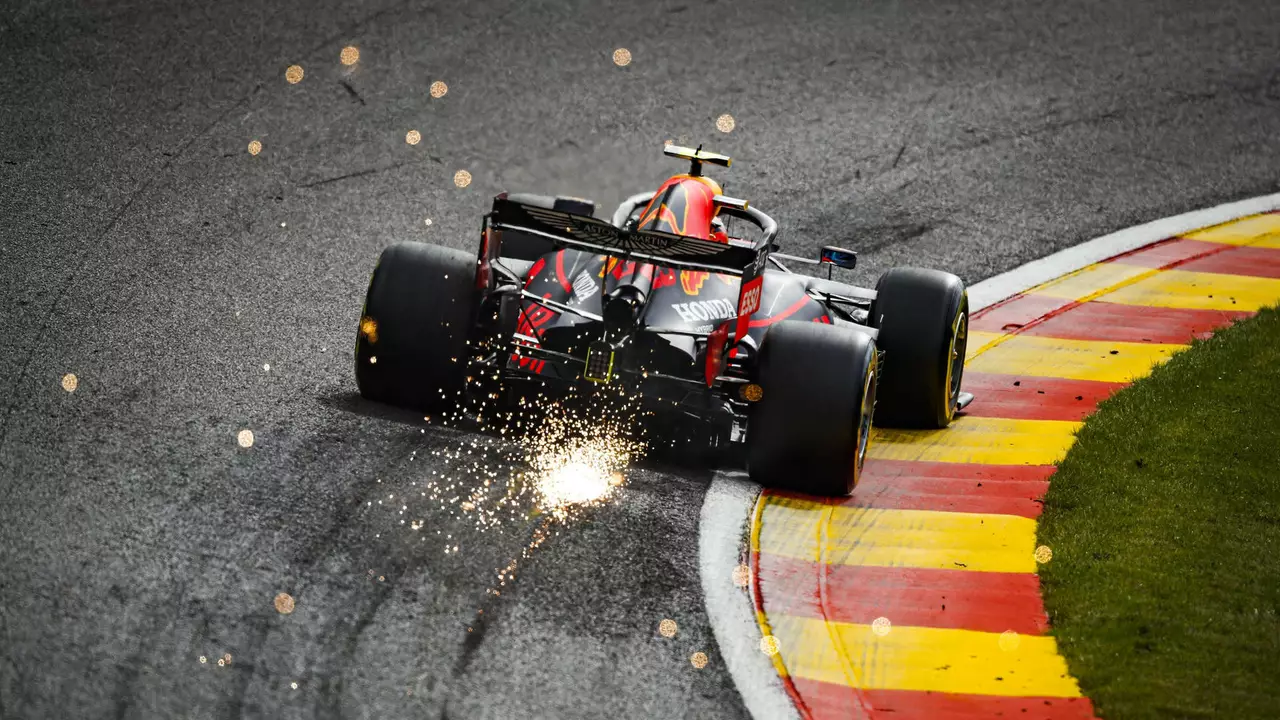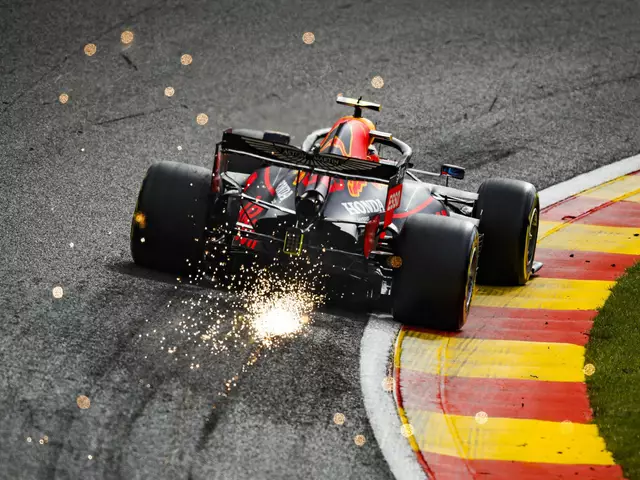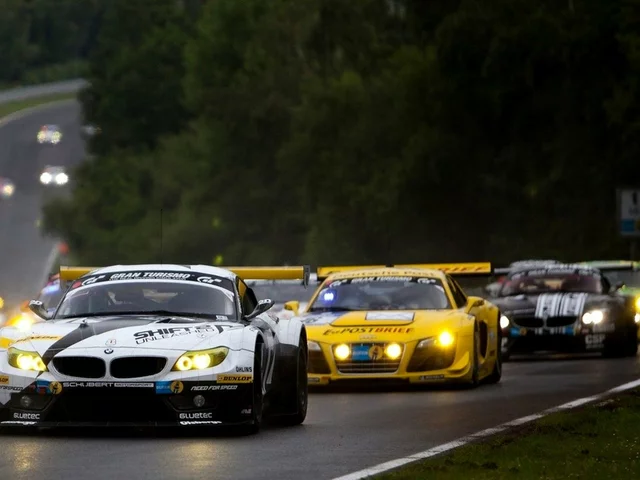
Understanding F1 Racing and Its Intricacies
Before we delve into the fuel dynamics of F1 racing, let's first understand the sport and its intricacies. Formula One, often abbreviated as F1, is a form of car racing that originated in Europe. It's the highest level of international open-wheel single-seater racing and is known for its high speed, high technology, and high stakes. These cars are not the average vehicles you see on the road; they are highly specialized machines designed and built for speed, agility, and endurance.
The Importance of Fuel in F1 Racing
Being a high-performance sport, each and every aspect of F1 racing is vital, and fuel is no exception. The fuel used in F1 racing is not the same as the fuel we use in our everyday vehicles. It's a specially formulated blend designed to achieve maximum performance. The fuel used is a tightly controlled mixture of hydrocarbons, and each team has to conform to strict guidelines regarding the composition of their racing fuel. The fuels are often closely guarded secrets, with each team having their own unique blend.
How Much Fuel is Allowed in an F1 Race
The amount of fuel that can be used in an F1 race is regulated by the FIA, the governing body of motorsport. As of 2021, the rules stipulate that a car cannot use more than 110 kilograms of fuel during a race. This rule was put in place to encourage teams to develop more fuel-efficient technologies and reduce the environmental impact of the sport. However, it also adds a strategic element to the race, as teams must find a balance between speed and fuel consumption.
The Fuel Consumption During a Race
How much fuel is actually consumed during a race can vary greatly depending on several factors. These include the length of the race, the design of the circuit, the driving style of the driver, and the weather conditions. Typically, an F1 car will consume around 2.5 to 3 kilograms of fuel per lap. This means that for a race of around 60 laps, the car will consume between 150 and 180 kilograms of fuel, which is far higher than the 110 kilograms limit set by the FIA.
The Strategy Behind Fuel Management
Given the limit on fuel consumption, teams have to employ various strategies to ensure they stay within the limit while still trying to win the race. This can involve optimizing the car's setup to improve fuel efficiency, managing the driver's throttle usage, and even adjusting the car's fuel mixture during the race. It's a delicate balancing act that can make the difference between winning and losing.
Impact of Fuel Consumption on the Environment
While F1 racing is a thrilling sport, it's not without its environmental impact. The high fuel consumption of these races contributes to greenhouse gas emissions. However, the FIA and the teams are making efforts to reduce this impact. The introduction of the fuel limit is one such measure, and teams are also working on developing more fuel-efficient technologies.
Looking to the Future: The Role of Electric and Hybrid Technologies
The future of F1 racing lies in electric and hybrid technologies. The introduction of the hybrid power unit in 2014 was a major step in this direction. These units use a combination of a traditional internal combustion engine and an electric motor, which can help reduce fuel consumption. This is just the beginning, and as technology progresses, we can expect to see even more fuel-efficient, and perhaps even fully electric, F1 cars in the future.





